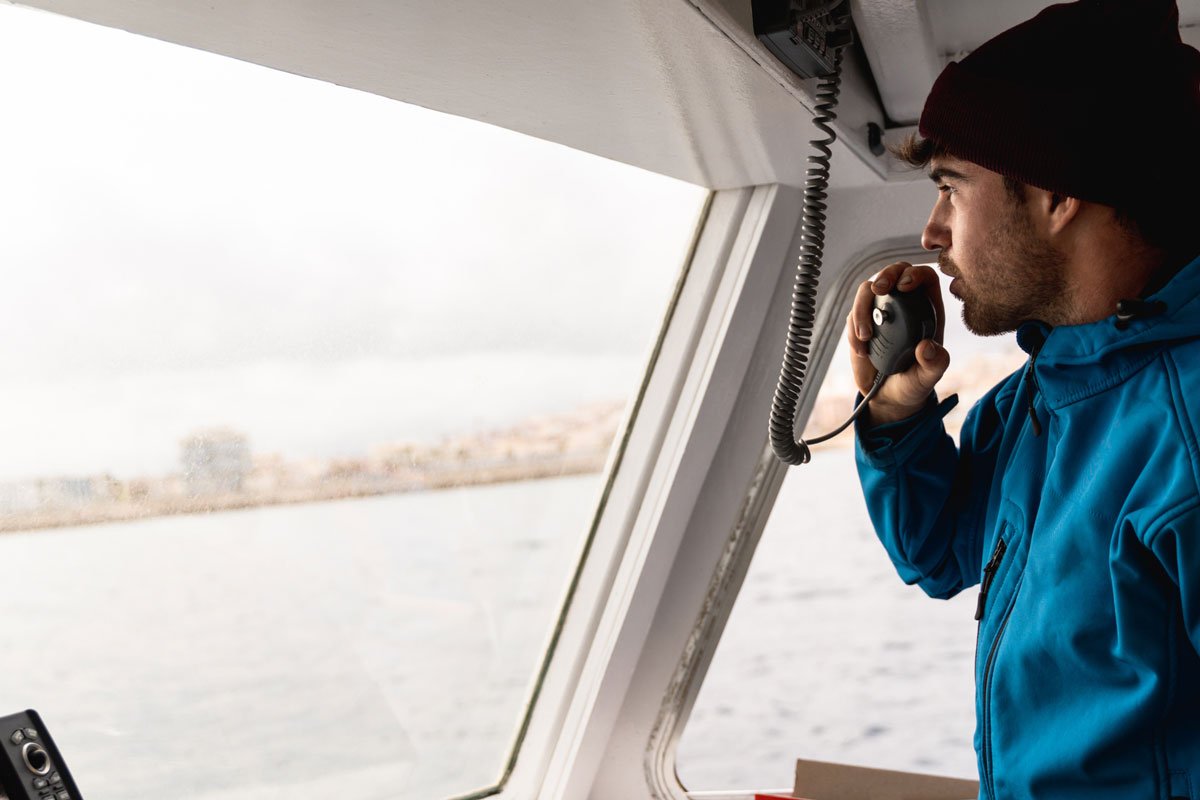Can anyone use a VHF marine radio?

Who Can Use a VHF Marine Radio? Essential Maritime Communication Guide
A VHF (Very High Frequency) marine radio is a critical communication and safety tool on the water. Operating in the 156–174 MHz frequency range, it enables short-range communication between vessels, coast guard stations, and port authorities. But who is legally permitted to operate one?
Operators: Professionals and Recreational Users
- Licensed maritime professionals: Commercial ships (≥300 gross tons) and passenger vessels must carry VHF radios per SOLAS conventions. Crew must be trained in protocols.
- Recreational boaters: Kayakers, yacht owners, and anglers can legally use VHF radios, especially with Digital Selective Calling (DSC) for emergencies. Training is highly recommended.
- Port personnel & rescuers: Harbor pilots, lock operators, and coast guard teams rely on VHF for navigation coordination and emergency response.
Key Features & Regulations
- Channel 16 (156.8 MHz): International distress frequency. All users must monitor it.
- DSC Capability: Modern radios (e.g., Garmin VHF 215i) transmit GPS coordinates during emergencies.
- Updated Channels: New channels like 1027/1028 are mandatory for ports like Terneuzen (2024+). Non-compliant vessels risk fines or denied entry.
- Protocols: Use concise language, avoid non-safety chatter, and never block distress calls.
Why Compliance Matters
Misusing VHF (e.g., wrong channel/power settings) can disrupt rescue operations and incur penalties. Always verify your device meets regional standards.
Ensure Safety with Compliant VHF Radios!
Upgrade to DSC-enabled VHF radios supporting the latest channels (1027/1028) and GPS integration. Our maritime communication solutions keep you ocean-ready and regulation-compliant.
→ Get a Quote or Request Your Custom Solution Today
